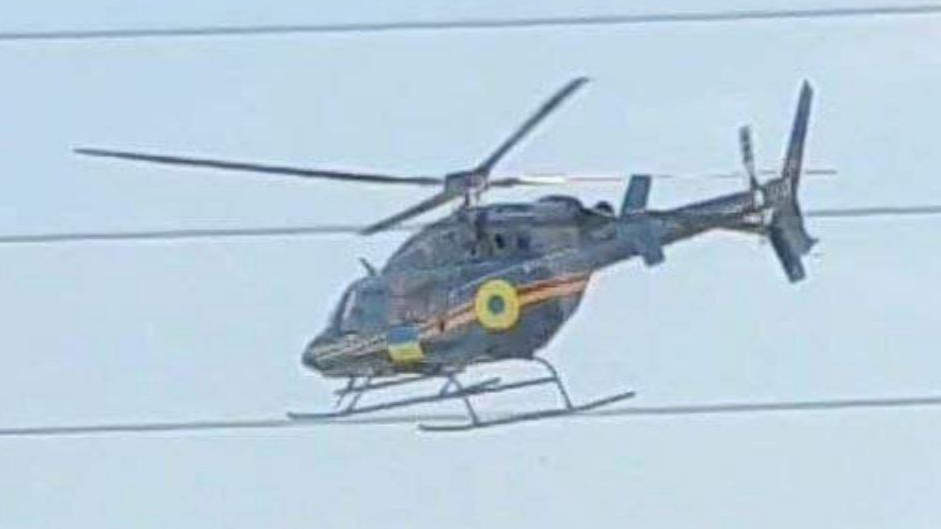Among the latest aircraft to join the Ukrainian Ministry of Defense inventory following the full-scale Russian invasion is a Bell 427 helicopter, and one that appears to have a very unique history, having been the personal mount of Viktor Medvedchuk — oligarch, pro-Russian politician, and close friend of Vladimir Putin. While the Bell 427 — a twin-engine rotorcraft with the capacity to transport up to six passengers — is not the most warlike addition to Ukraine’s fleet, it’s nonetheless a relatively modern type and one that could still be a very useful asset.
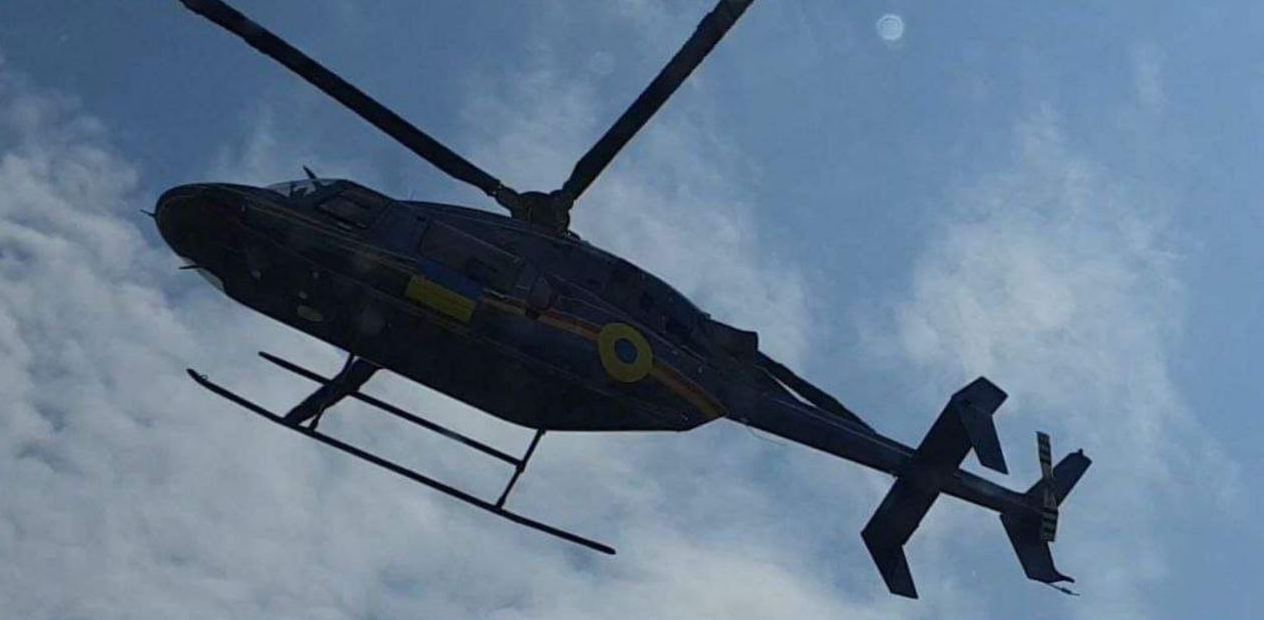
Photos that were recently posted to social media show the Bell 427, in an overall dark blue paint scheme, with a prominent maroon and yellow cheatline, and the oversized Ukrainian national roundel and flag emblazoned on the fuselage. The location and the date of these photos cannot presently be confirmed, although multiple accounts state that the operator is the Ukrainian Ministry of Defense’s Main Directorate of Intelligence — better known by its Ukrainian abbreviation GUR.
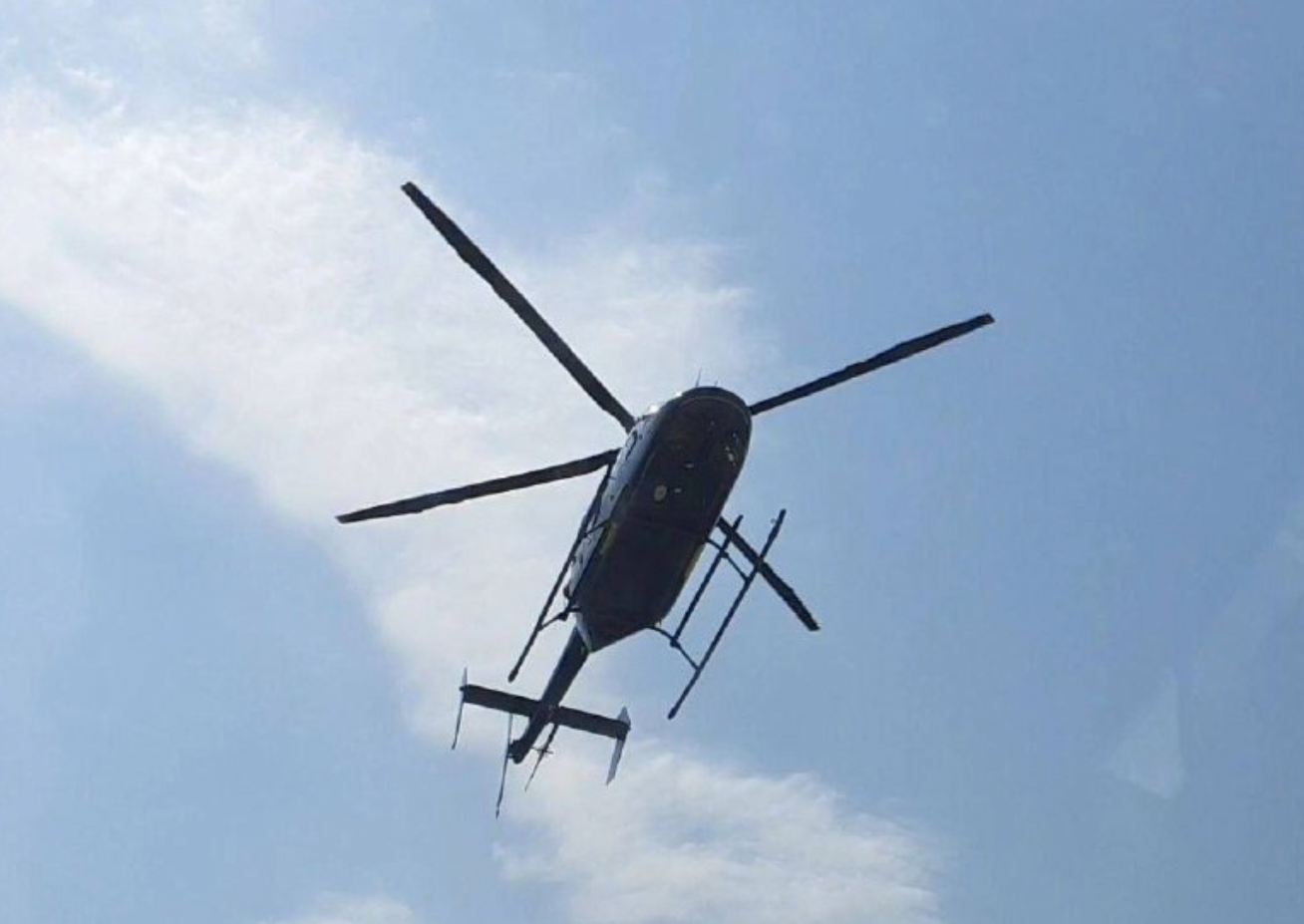
It seems this Bell 427 is the same aircraft that was among the assets belonging to Viktor Medvedchuk that were transferred to the Ukrainian Ministry of Defense last year. In a Telegram post in July 2022, the Ministry of Internal Affairs of Ukraine stated that “a helicopter and airplane belonging to Medvedchuk’s family” had been seized and turned over to the Defense Ministry. Although the statement didn’t mention the particular types, accompanying photos showed a Bell 427 and a Gulfstream G650 bizjet. The Bell 427 has the Aruban civil registration P4-IKH and apparently wears a standard Bell factory color scheme.

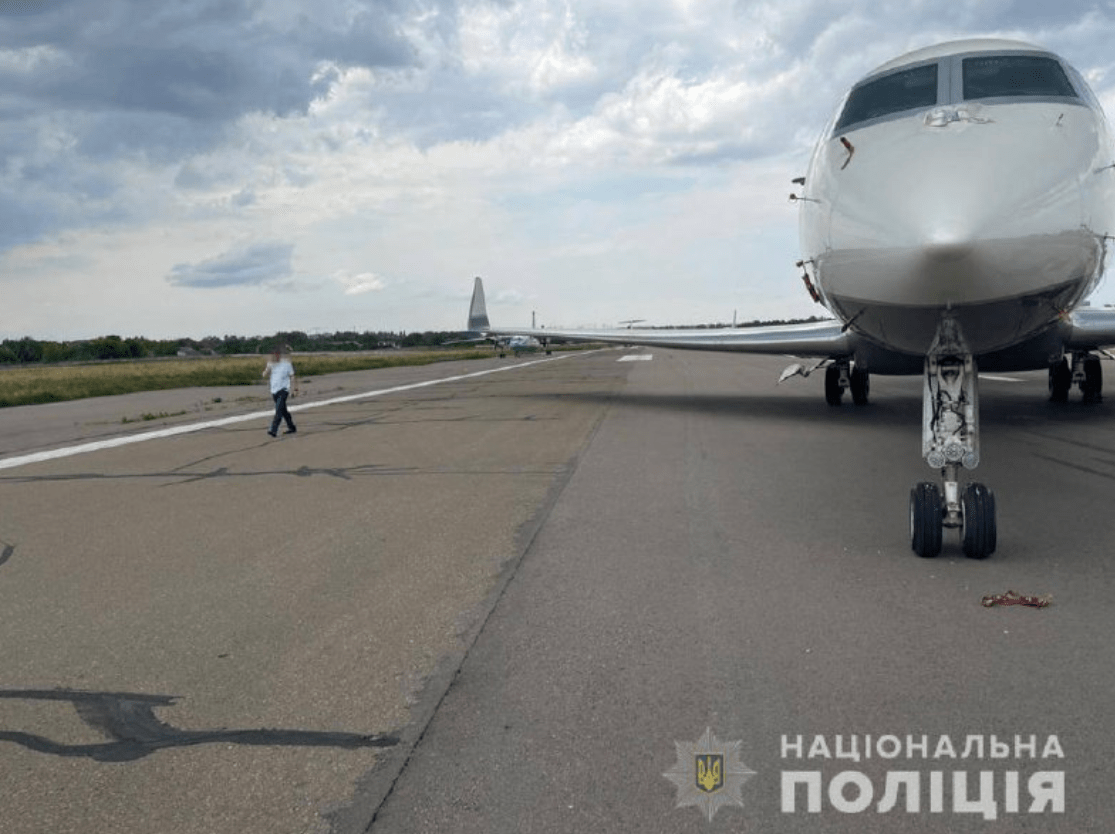
A video showing Bell 427 P4-IKH, which previously belonged to Viktor Medvedchuk:

The statement said that the two aircraft were seized as part of criminal proceedings related to the alleged abuse of power or position, as well as “misappropriation, embezzlement, or seizure of property through abuse of office,” under the criminal code of Ukraine.
At the time, it was reported that the helicopter was valued at approximately $3 million, while the Gulfstream was valued at over $65 million.
As for Medvedchuk, he was arrested by Ukrainian authorities in April 2022, having escaped house arrest only four days after Russia began its full-scale invasion. In September 2022, Medvedchuk (together with 55 Russian prisoners of war) was exchanged for 215 Ukrainian POWs from the siege of Mariupol.

The Ukrainian authorities’ interest in Medvedchuk was hardly a surprise. The close ally of Putin was dubbed Russia’s ‘main guy in Ukraine,’ having headed up a pro-Russian political party for many years. Medvedchuk also had a close personal connection with Putin, holidaying with the Russian leader, who was chosen as the godparent to Medvedchuk’s daughter, Daria. As well as his political activities, Medvedchuk was a prominent oligarch, with a business empire that spanned oil and media, and funded assets such as his aircraft fleet.
The whereabouts of the Gulfstream G650 bizjet are not currently known, but it seems that the Bell 427 is already being used by the GUR or is otherwise preparing to join it.
The Bell 427 is only in very limited military service, with one example serving the air force of Paraguay as a VIP transport. However, it saw more uptake as a platform for police work, with operators in this capacity being found in Argentina and Nigeria, for example. Other Bell 427s are also used for search and rescue work.
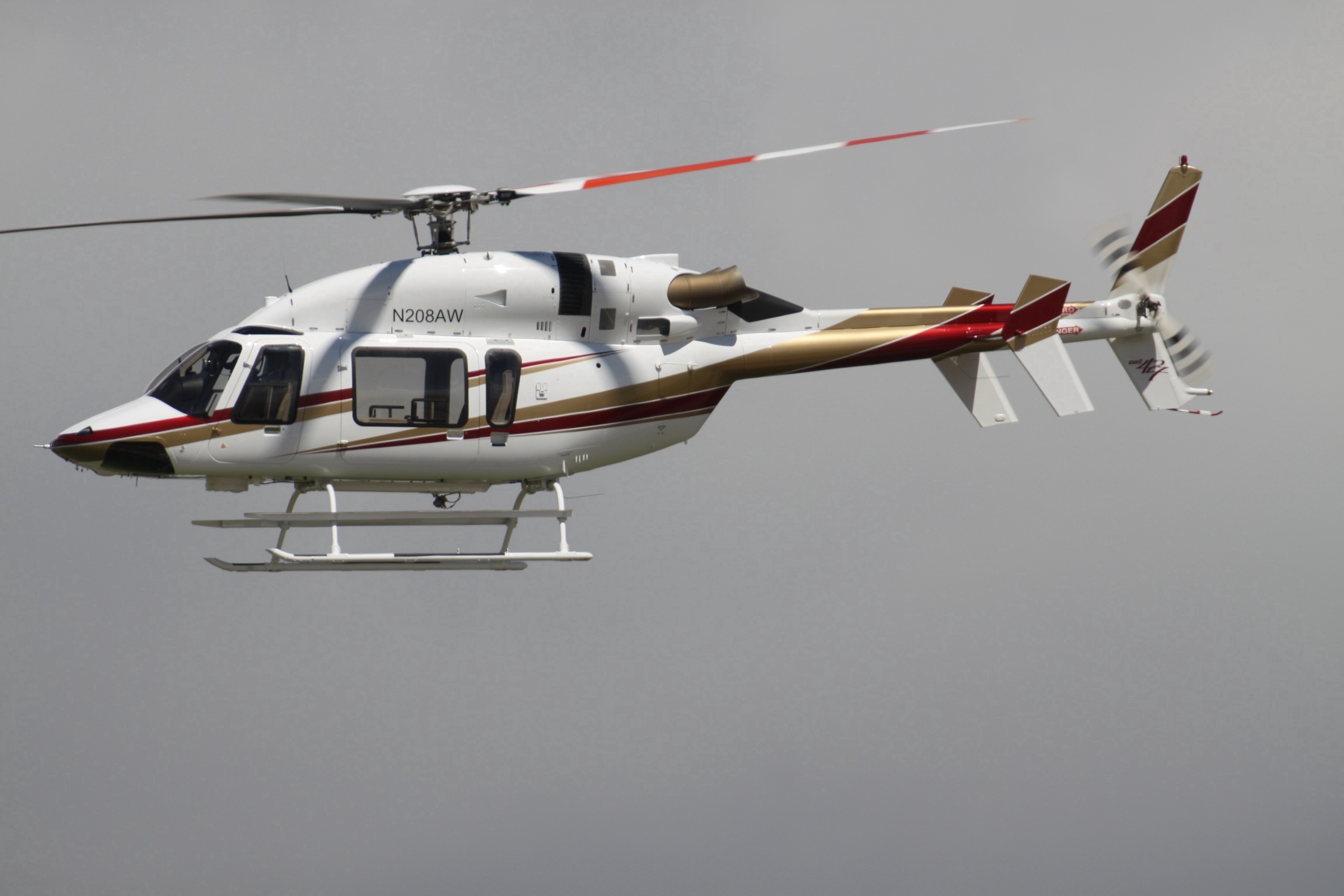
The photos originally published by the Ministry of Internal Affairs show Medvedchuk’s Bell 427 apparently immediately after its seizure, with a civilian-style interior including comfortable seating. It’s not clear what if any, modifications have been made to the helicopter since. While the GRU might be using it as a VIP transport, it’s very possible that it has been adapted to undertake more specialized roles.


Should the GRU be using the Bell 427 to transport fully equipped personnel, for example, then the seating configuration will almost certainly have been adapted. Another option is that the seating has been replaced with a medical evacuation interior. Typically, the medevac Bell 427 is equipped to transport two stretcher patients and two medical attendants.
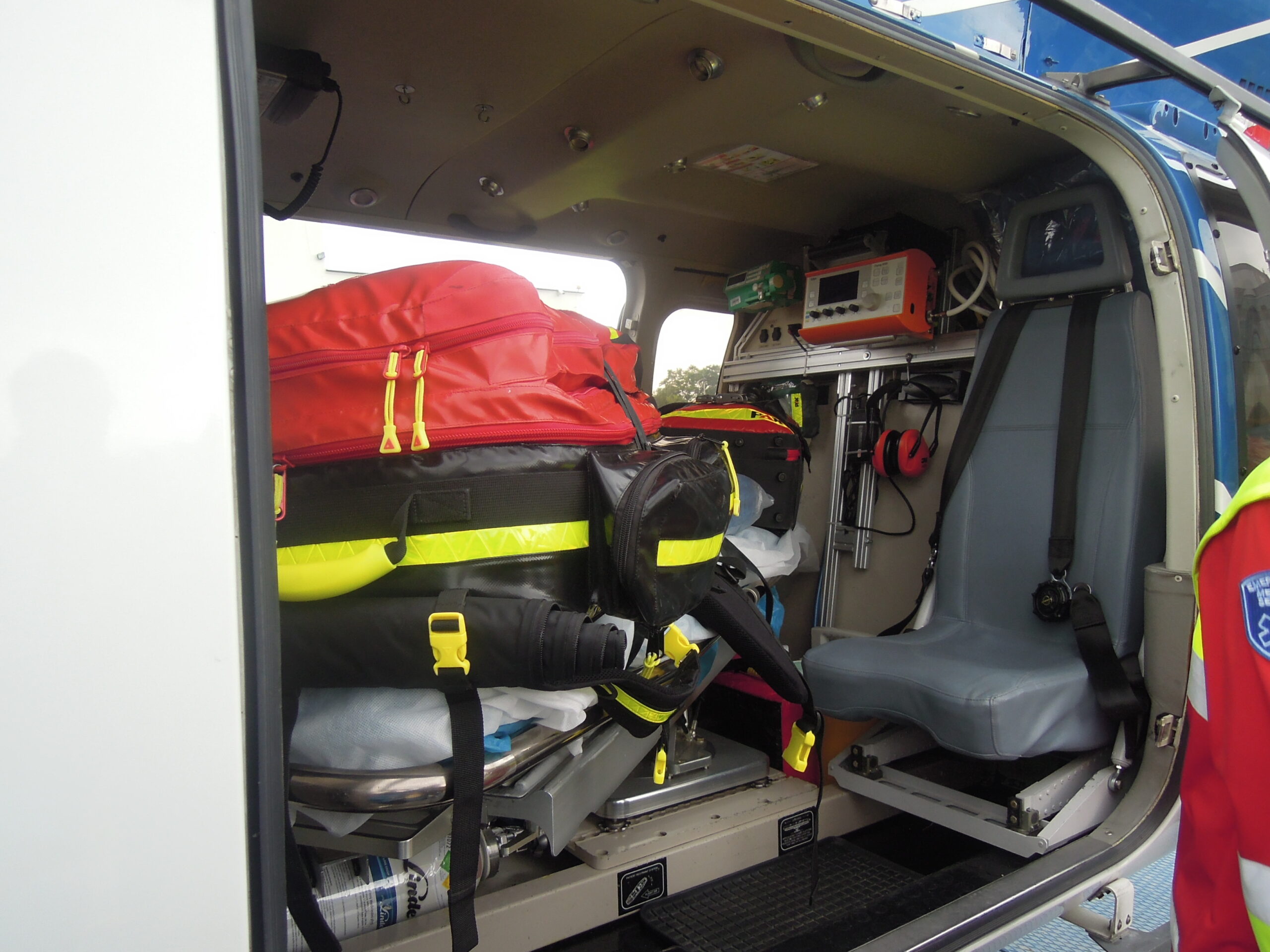
The Bell 427 is not the first Western helicopter design to have joined the fleet of the GRU since Russia launched its invasion in February 2022.
In the past, The War Zone has reported on the U.S.-made UH-60A Black Hawk helicopter that the GRU is now using, including working with special forces units. The Main Directorate of Intelligence has also stated that the Black Hawk offers certain important advantages over the Soviet-designed Mi-8 Hip and Mi-24 Hind series helicopters, which it otherwise operates.

While the Bell 427 is in an entirely different class to any of these types, it’s conceivable that it could also have a role to play in medical evacuation, as well as the insertion and extraction of small teams of troops or special forces. Depending on how this particular Bell 427 is equipped in terms of avionics, it could also be better able to conduct night flights than other assets.
The Bell 427 is also notably small and relatively discreet, with a correspondingly smaller footprint and noise signature than the larger GRU rotorcraft. It also offers comparatively high speed, big power reserves for its size, and a very good level of maneuverability, at least compared with the much larger Mi-8. This, too, may make the Bell design better suited to certain covert operations, with the proviso that only a much smaller number of troops can be embarked.
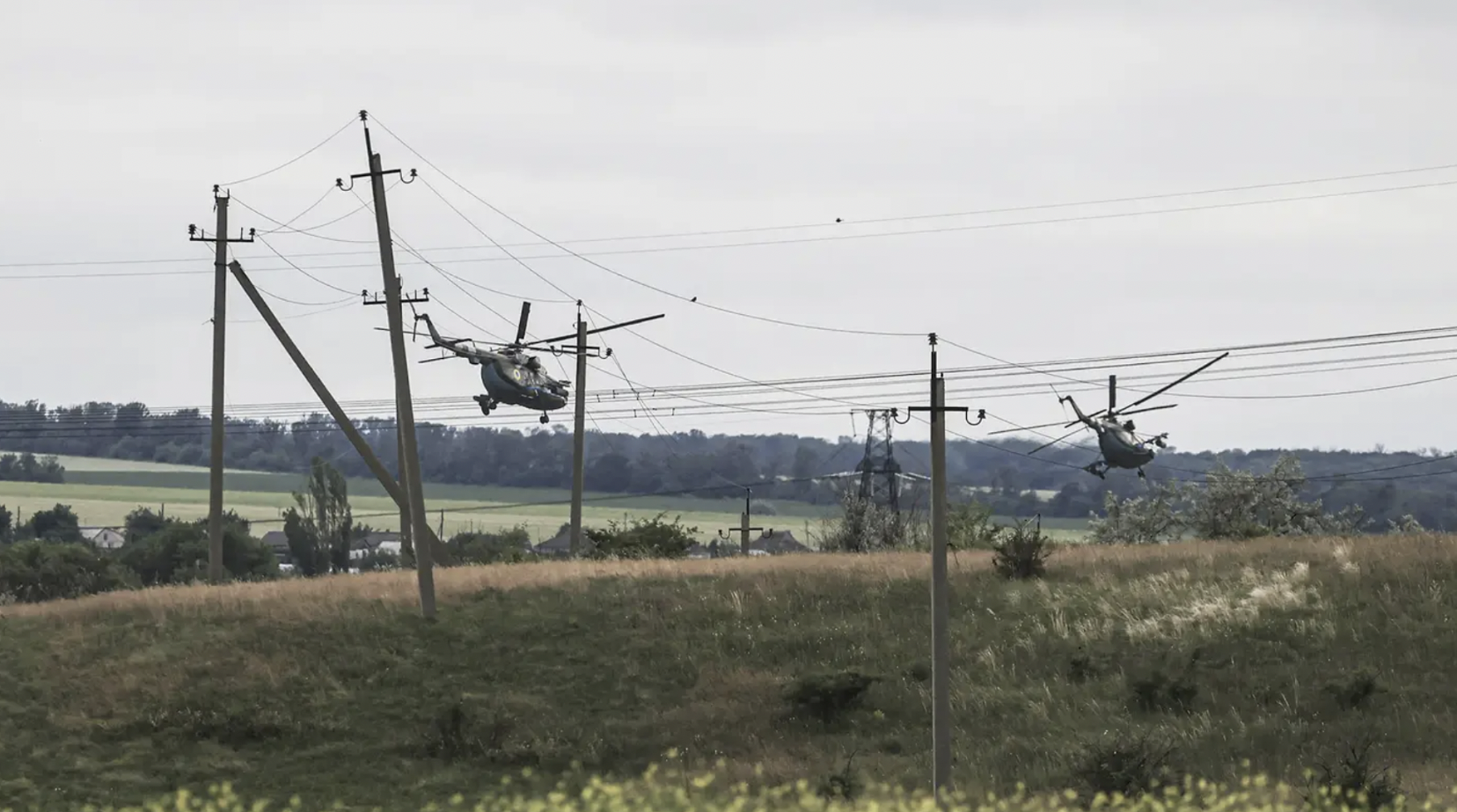
The Ukrainian Bell 427 has no winch. Although troops could potentially still rappel down from the hovering helicopter, it’s by no means suitable for operating on any kind of contested battlefield, with no provision for self-protection features in its basic form. The GRU’s UH-60, at least in its initial configuration, also doesn’t seem to feature missile approach warning systems and countermeasures dispensers or other self-protection equipment, although this doesn’t seem to have prevented it from undertaking more hazardous missions.
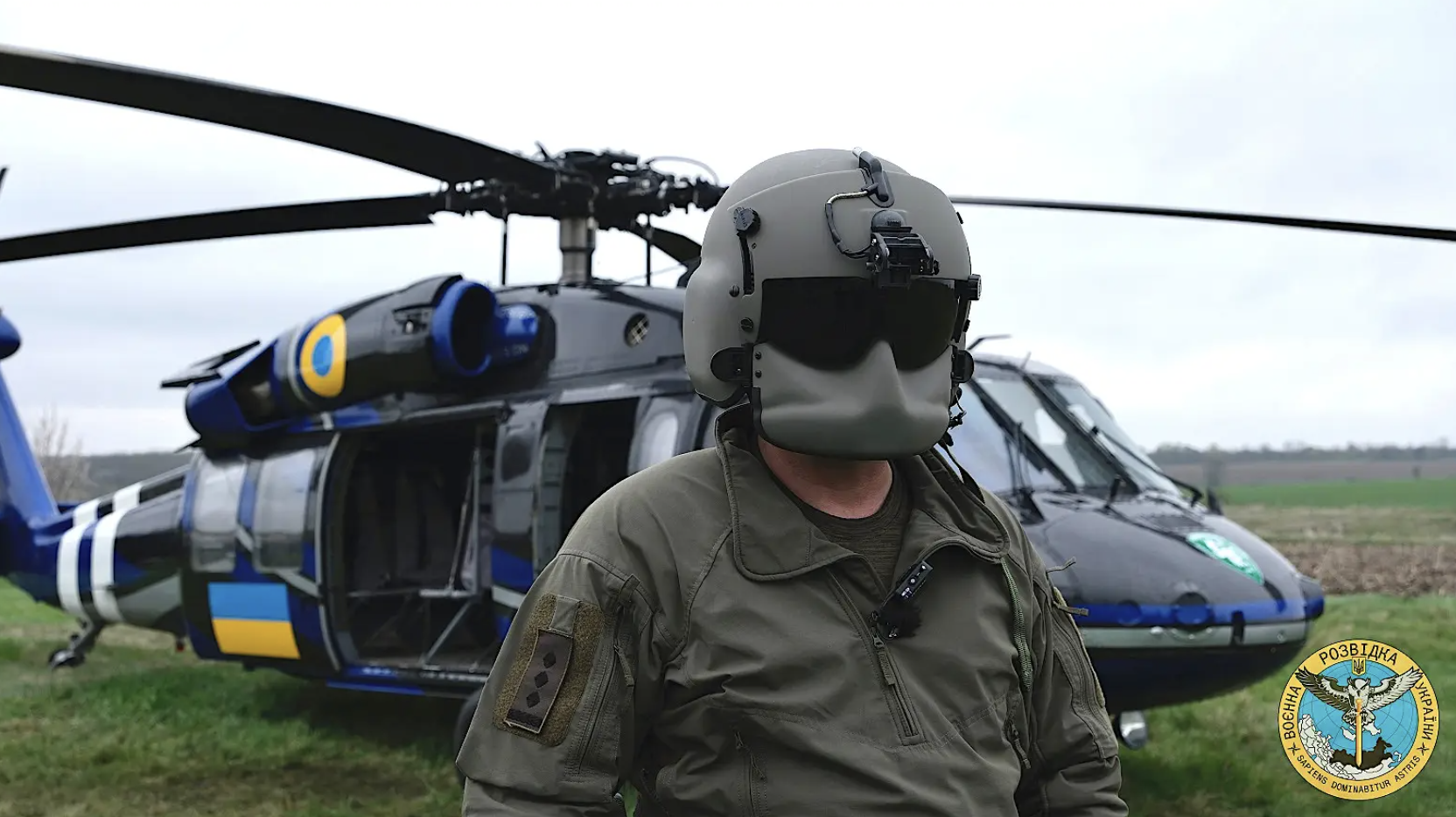
It is interesting, too, that Bell is also increasingly looking at options for doing exactly as Ukraine has done, and adapting civilian helicopters for armed conflict. Bell could potentially step in and offer a suitable modification package for Ukraine or offer mission kits. At the same time, Bell and others are seeing a broader opening for exporting civilian helicopters adapted for military uses as a result of the Ukraine war and subsequent Russian sanctions that have effectively removed spare parts and support for Russian types.
For now, we simply don’t know what kind of missions the GRU’s new helicopter is flying — or will fly in the future — and to what degree it has been adapted for military work. There is a question, too, about how the GRU trained personnel to fly and maintain the helicopter, although it’s worth noting that the UH-60 was apparently mastered remarkably quickly, being first flown by Ukrainian pilots on the day it was received.
Without a doubt, the Bell 427 is an interesting addition to an increasingly varied fleet. We have approached the GRU with a request for more information on this aircraft and we look forward to gaining more details about how it is being used.
Contact the author: thomas@thewarzone.com
